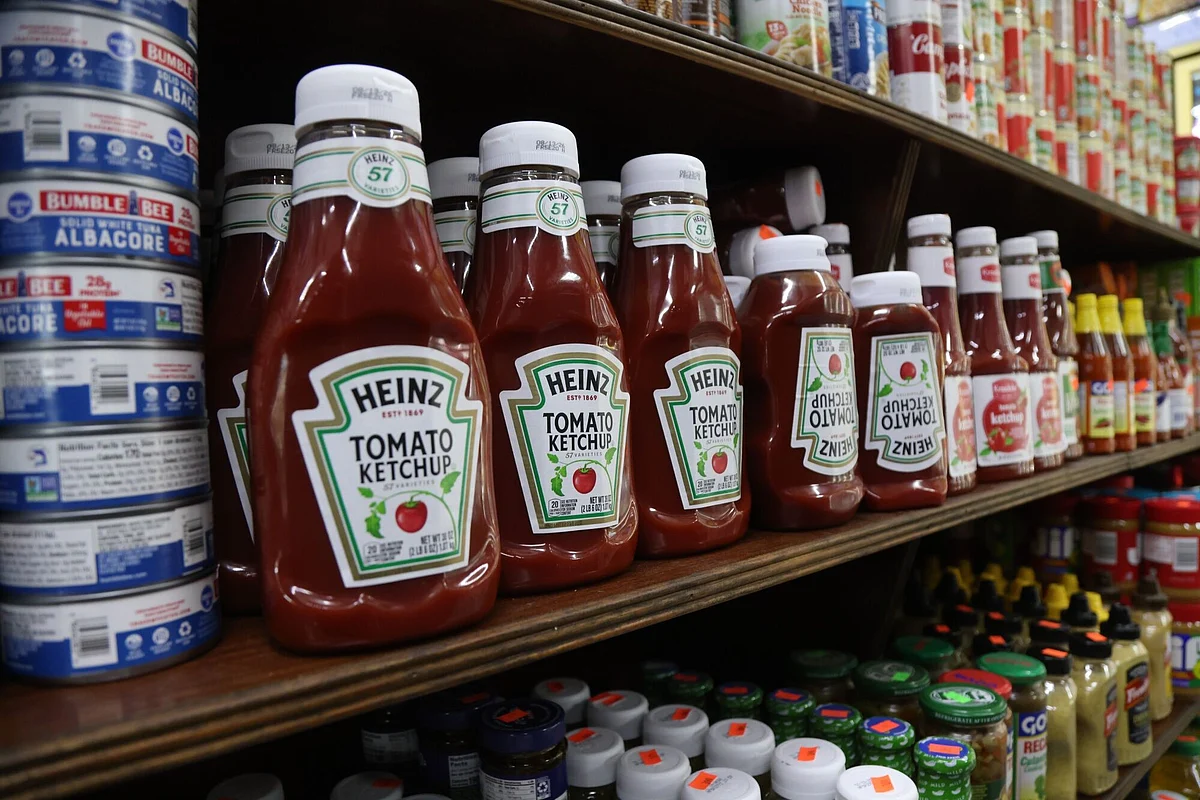Dubai: If you’ve noticed your grocery bill creeping up again—especially for pantry staples like Heinz ketchup and baked beans—you’re not imagining it. Kraft Heinz, the food giant behind some of the world’s most familiar comfort foods, has been quietly hiking prices. And the company just confirmed it’s doing so more than analysts expected.
While many consumers were hoping for some price relief as global inflation cools, Kraft Heinz is leaning on price hikes to keep its bottom line healthy—even as fewer people are buying their products.
Pay more, get less?
In its latest earnings report, Kraft Heinz revealed that its second-quarter sales dipped 2%, but still managed to beat Wall Street expectations. How? The company raised prices—by 0.7 percentage points, more than seven times what analysts had forecast.
Most of the pricing gains came from coffee, which has been hit hard by weather-related crop issues. But other staples like ketchup, mayonnaise, and baked beans aren’t far behind.
Meanwhile, the company saw volume drops across key categories—like cold cuts, frozen snacks, Lunchables, and ready-to-eat meals. Even the once-reliable Heinz brand is seeing volumes tumble as shoppers opt for cheaper alternatives or cut back altogether.
Why it’s happening now
Kraft Heinz is facing a perfect storm:
Sticky inflation continues to squeeze consumers.
Private-label competitors (store brands) are gaining ground.
More people are shifting away from processed foods toward healthier, fresher options.
And global tariffs and supply-chain costs are still inflating input prices.
The company expects tariffs alone to dent results by 100 basis points this year—and is still bracing for 5% to 7% inflation in its supply chain.
At the same time, Kraft Heinz is in the middle of a major internal shake-up. It’s preparing to spin off part of its grocery business, though it hasn’t said exactly which brands are on the chopping block. What it has made clear, however, is that it wants to focus more on sauces and ready meals—products with higher margins and growing demand.
Trying to stay relevant
The company has been trying to adjust to changing consumer tastes, including:
Removing food dyes and artificial flavours from products like Kraft Mayonnaise
Tweaking packaging to highlight “cleaner” ingredients
Launching healthier dessert options under legacy brands
Still, the results are mixed. North America, its largest market, saw volumes fall 3.4 percentage points last quarter. That’s better than the previous quarter’s 5.6% decline—but still a signal that brand loyalty isn’t what it used to be.
What this means for shoppers
Even though Kraft Heinz posted stronger-than-expected profits, the message is clear: Consumers will continue to pay more, even as they buy less. And while inflation may be easing in some areas, the prices of your favourite condiments and canned goods could keep rising.
"We are not contemplating an improvement in the U.S. industry for the rest of 2025," CEO Carlos Abrams-Rivera admitted, offering little hope for near-term pricing relief.
So the next time you reach for that bottle of Heinz—or crack open a can of beans—remember: you're not just paying for tomatoes and kidney beans. You’re paying for strategy, survival, and a changing food world where brands must fight harder than ever to stay on your shelf.
Sign up for the Daily Briefing
Get the latest news and updates straight to your inbox
Network Links
GN StoreDownload our app
© Al Nisr Publishing LLC 2025. All rights reserved.

